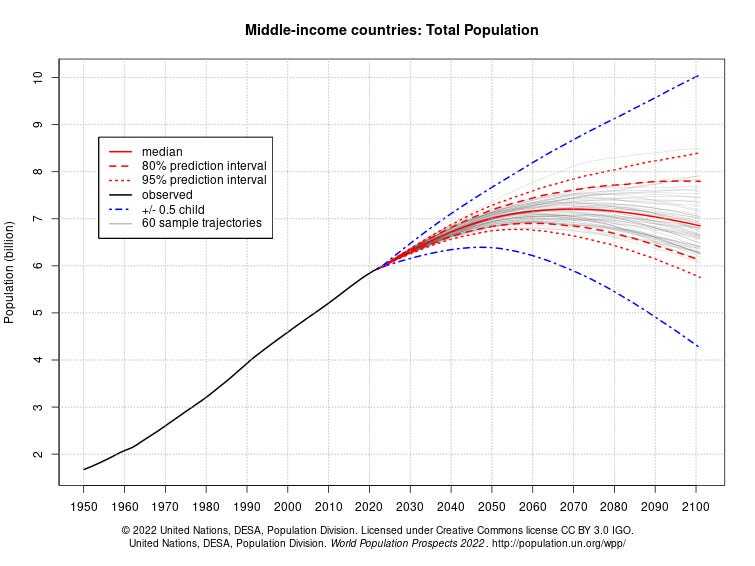What an unfortunately awful article. Is full of speculation without citation.
A shrinking population with proportional or greater increasing productivity is exactly what you would both expect and want, because otherwise you’re going to hit carrying capacity much, much faster.
It’s almost as if service and debt economies aren’t sustainable, climate extinction not withstanding.
Seems like half the people are hysterical about “overpopulation” and the other half are hysterical about “population collapse.”
Meanwhile, I’m over here like “bruh, do you even carrying capacity?”
OpenTTD taught me to appreciate running at near but not completely at capacity. Too little usage of a bus or train and you’re wasting resources, too much unmoved material or passengers and you’re wasting people’s lives.
Reminds me of a comment I made last week, replying to someone who asked how alternative modes of transportation could be the solution to traffic when cities with public transit still have traffic jams:
The key is that both adding car lanes and adding alternatives like transit are subject to induced demand, but the consequences of it are different for transit than for cars. Not only is the limit of the added capacity much, much higher for a train than it is for a car lane, adding more traffic to the lane up to that limit makes the performance worse and worse (increasing congestion), while adding more transit ridership up to its limit makes the performance better and better (increasing train frequency and therefore reducing wait times).
Wonderful news
If you’re fortunate enough, run your retirement numbers without expecting social security. If it’s there, great – expendable income.



